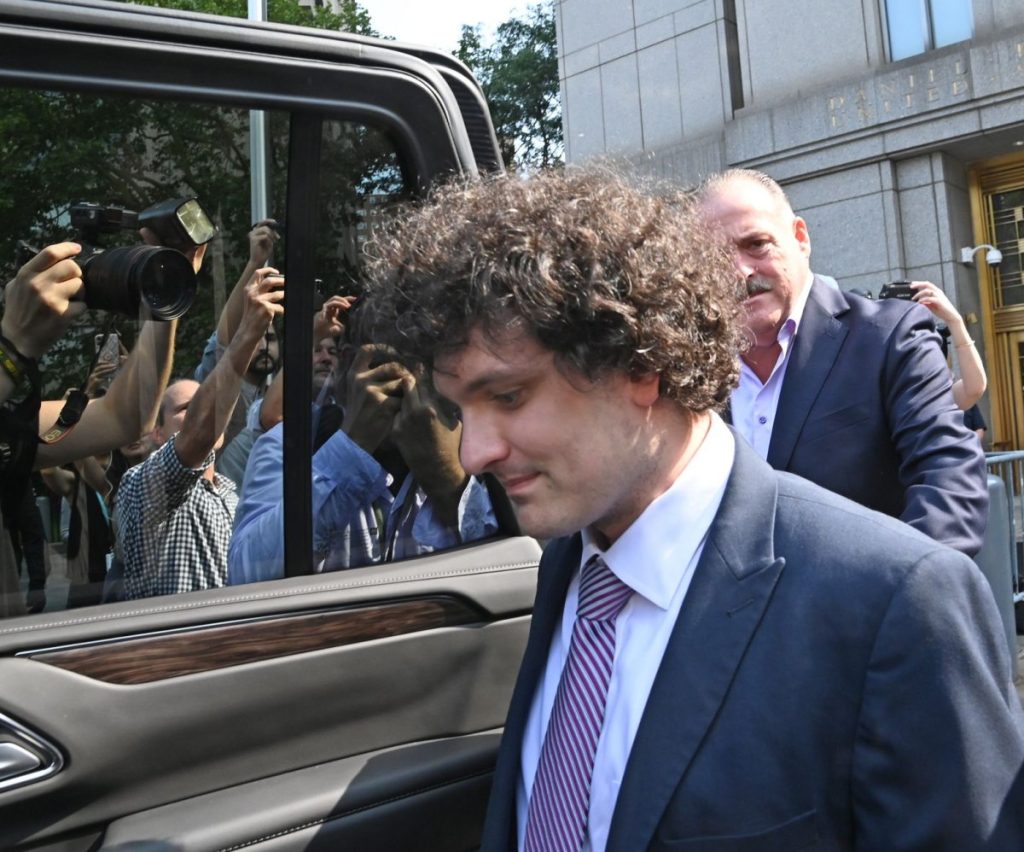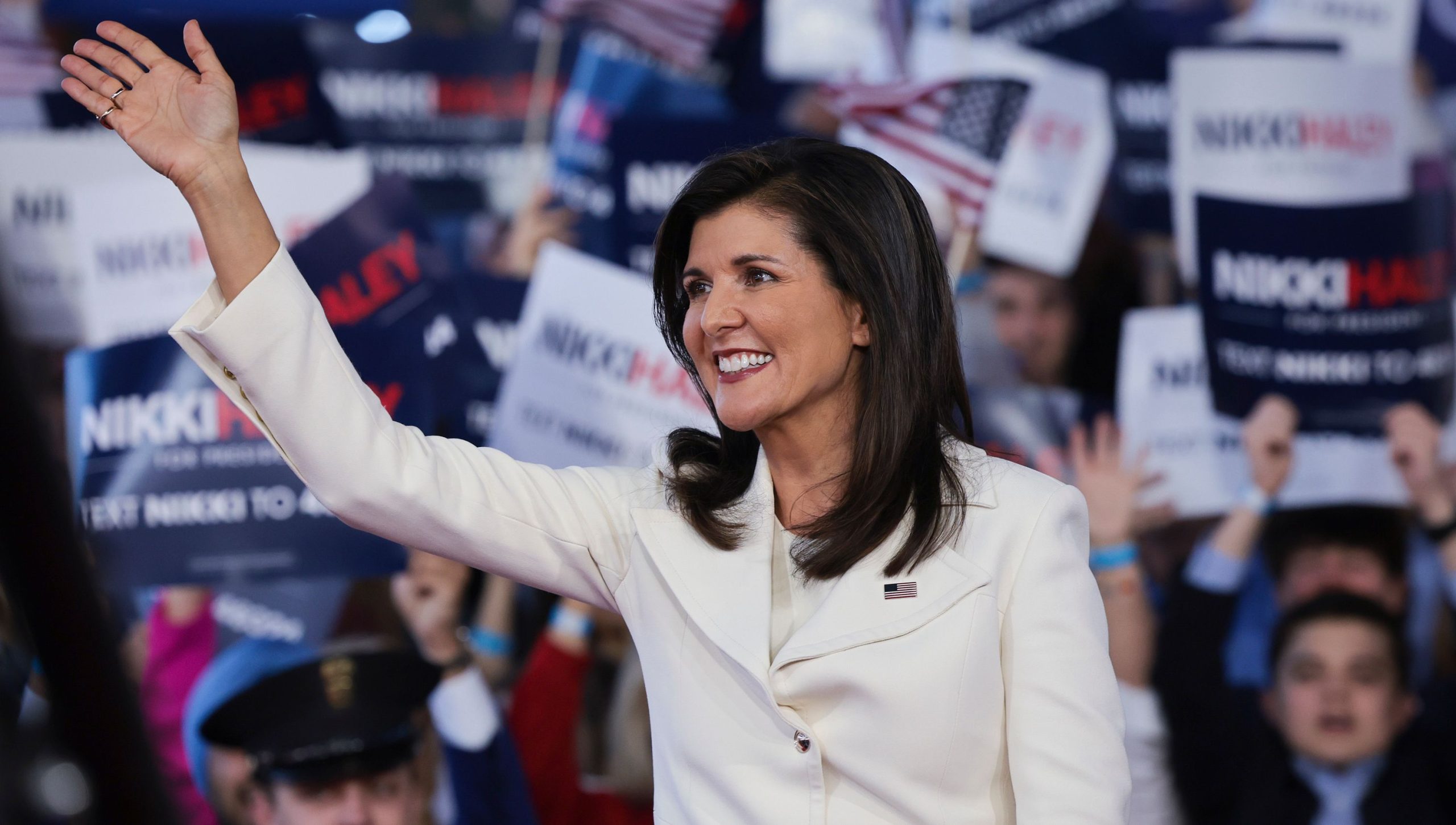Judge’s Decision Puts Samuel Bankman-Fried in Hot Water Amidst Witness Tampering Concerns
The courtroom drama surrounding Samuel Bankman-Fried has taken a dramatic turn as US District Judge Lewis Kaplan revoked the bail of the 31-year-old cryptocurrency mogul. Bankman-Fried, facing charges of defrauding investors, has been at the center of controversy due to his leaking of personal correspondence from his ex-girlfriend. The judge’s decision sparks a complex discussion about press ethics, free speech boundaries, and how public figures navigate the criminal justice system.
Kaplan’s ruling raises parallels with another recent case involving former President Donald Trump. In a similar vein, Judge Tanya Chutkan asserted her authority by rejecting Trump’s attempts to influence evidence and witnesses in his trial related to the 2020 election.
The impetus behind Bankman-Fried’s bail predicament stems from a New York Times article featuring private correspondence from Caroline Ellison, both Bankman-Fried’s former girlfriend and a key executive in one of his businesses. The Times article exposed her candid reflections on her job and her tumultuous relationship with Bankman-Fried. Given her role and involvement, Ellison’s insights are anticipated to be crucial in the impending trial.
Bankman-Fried’s defense attorneys contend that his numerous media interactions, not limited to the Times, have been efforts to counter the negative press coverage following his company FTX’s collapse last fall. However, this recent leaking incident is viewed by Judge Kaplan as potentially constituting witness tampering, a serious federal offense.
Legal experts express varying opinions on the ethical and legal dimensions of this situation. Some argue that Ellison’s correspondence is newsworthy, given its connection to a high-stakes trial and its potential to provide insight into the case. Others contend that Bankman-Fried’s intentions were not to shed light but rather to harm his ex-girlfriend, making the leak questionable from an ethical standpoint.

The question of press ethics arises as news organizations grapple with the balance between their mission to inform the public and the risk of enabling defendants to manipulate the justice system. While the core purpose of informing the public remains crucial, news outlets must carefully evaluate the potential implications of their coverage.
This case spotlights the nuanced challenges faced by both judges and defendants. While respecting the defendants’ First Amendment rights, judges are tasked with safeguarding the fairness of trials, including witness safety and jurors’ impartiality.
The confluence of digital age dynamics, high-profile cases, and the intricacies of justice underscores the complexity of modern legal proceedings. As Bankman-Fried navigates this unprecedented situation, the outcome will likely set a precedent for how public figures interact with the media while facing legal scrutiny.




